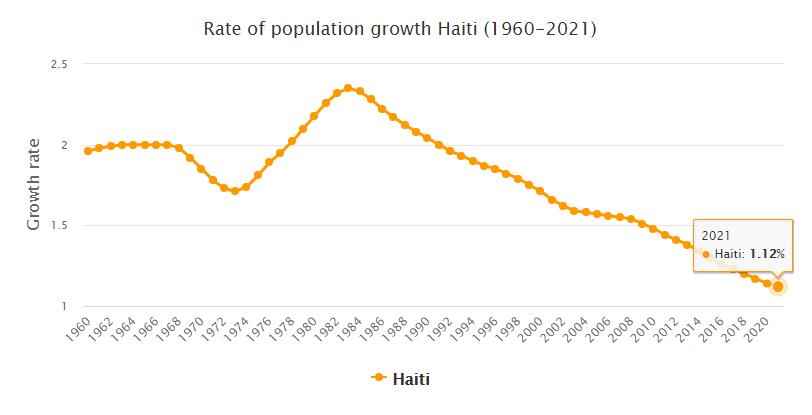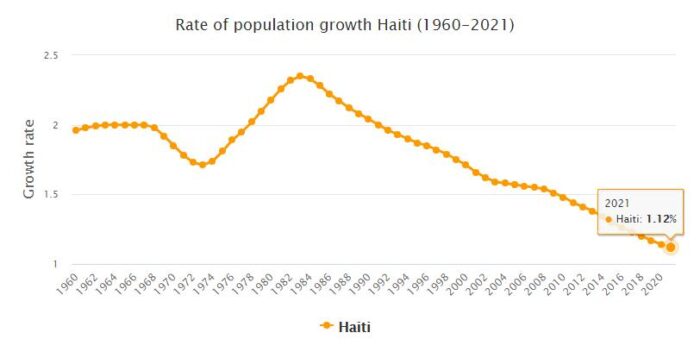Yearbook 2008
Haiti. A mistrust was made to Prime Minister Jacques Edouard Alexis in April. The Senate first refused to approve his successor Michèle Pierre-Louis’s government plan. It was not until April 19 and June 7 that the Senate election elections held for more than a year were held and that would guarantee necessary political support to Pierre-Louis. But it took as long as September 5 before the new Senate approved Pierre-Louis and the five-month political stalemate on the government formation issue could be broken. The following day Pierre-Louis was sworn into office.
The Senate’s swift decision came as a direct result of Haiti being hit by no less than four hurricanes in just three weeks in August that killed at least 700 people and directly impacted almost a million people’s lives. In the city of Gonaïves in northern Haiti, buried under 3 million cubic meters of clay, 80 percent of the population became homeless as a result of the storm. Haiti’s already weak infrastructure and agricultural sector were hit hard, and President René Préval claimed that the natural disasters had caused the country to retreat for several years in its development.
- ABBREVIATIONFINDER: Click to see the meanings of 2-letter acronym and abbreviation of HT in general and in geography as Haiti in particular.
Climate
Haiti’s climate is consistently tropical and therefore has greater temperature differences during the day than during the year. Rainfall is around 1300 mm in most of Haiti, but only around 500 mm in the northwest, where it only rains in summer. There are two main rainy seasons during the year, from April to May and from September to October. Due to the proximity to the warm Gulf Stream, the water temperature is 25 ° C.
Population 2008
According to Countryaah reports, the population of Haiti in 2008 was 9,949,211, ranking number 84 in the world. The population growth rate was 1.590% yearly, and the population density was 361.0059 people per km2.
Economic conditions
The country’s economy, already very depressed, has been negatively affected by recent political events (see below: History). Indicative of this situation are the extremely low value of per capita income, which between 1990 and 1997 recorded an average annual decrease, in real terms, of 4.4 %, as well as the high levels of unemployment and underemployment, which they reflect in a strong impulse to emigrate.
Agriculture remains the economic activity that absorbs the most workforce, but is always forced to deal with the serious problems created by drought, the indiscriminate exploitation of agricultural soils, the damage caused by excessive deforestation and ground pulverization, while the reform agriculture started by the Haitian government in February 1997 has not yet borne fruit.
The main crops are subsistence crops (corn, rice, sorghum, batata, cassava and sisal), which however do not ensure food self-sufficiency in the country, followed by commercial ones (banana, sugar cane and above all coffee), which – despite having recorded in recent years a fall in the quantities collected – still contribute discreetly to exports.
Fishing employs a few thousand people and is carried out with artisanal means: according to the FAO, in 1996 the catch amounted to 6000 t, but this value does not take into account family fishing, which also contributes to supplementing the diet with animal proteins. of numerous people. Mineral resources continue to be partially and always and only exploited by foreign companies. Bauxite, the main product of the subsoil, has experienced a drop in production in recent years, affected by the changes in prices on international markets and the temporary closure of a large mining plant.
The development of manufacturing activities is hindered by the shortage of electricity, the lack of capital and the climate of political uncertainty that alienates foreign investors: among the oldest industries there are sugar and tobacco factories, cement factories and some chemical plants.
The trade balance remains heavily passive: the United States represents the main source of imports (46 % of the total) and the largest Haitian export market (53 %).

